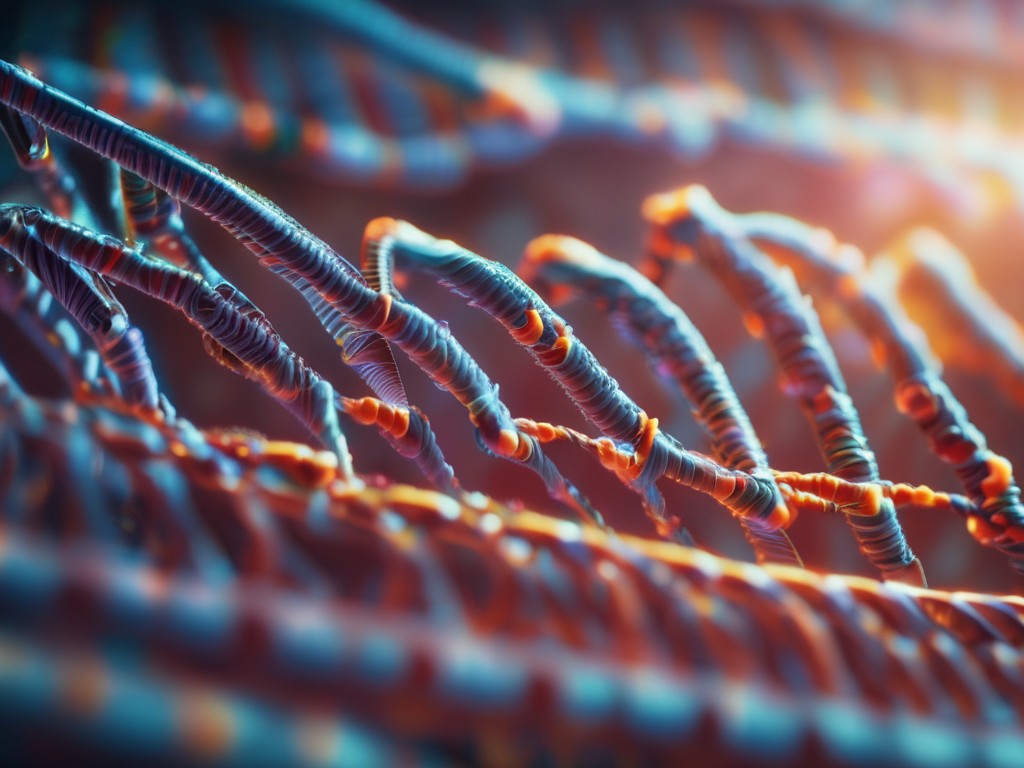Tonight, I watched Jessica Anderson, a Senior Field Applications Scientist with Oxford Nanopore Technologies (ONT), present at London Calling 2024. The session was part of the Masterclass 2024 series. It was titled “How to select the right library prep workflow for your experiment.” This session started with an introduction describing how nanopore sensing works. Anderson explained that during library preparation, an adapter is added for sequencing. As DNA or RNA is translocated through a nanopore, a disruption in the electrical signal is recorded. The technology is PCR-free and allows for the detection of modified bases without additional treatment. Anderson noted that the bioinformatics analysis desired will influence the library preparation, extraction methods, and raw sample needs. Thus, “start at the raw sample, end at the answer,” but consider your goals was the message shared. Anderson explained that ONT sequencing now helps achieve Q50 consensus accuracy for bacterial genome assemblies and Q40 for human genomes. There are two primary chemistries for library preparation: ligation-based and rapid chemistry. The ligation chemistry is optimized to deliver the highest output for any of the kits. The first of two enzymatic steps repairs the ends by blunting them. The second enzymatic step is ligation of adapters. Bead cleanups are needed between steps. Optional fragmentation or size selection can be used to control throughput. Multiple samples can be run with barcodes and multiplexing. The rapid sequencing kits are optimized for speed and use a transposase complex to rapidly attach a sequencing adapter. Libraries can be prepared in as little as ten minutes. Barcoded samples can be multiplexed. The rapid chemistry has been extended to the ultra-long DNA sequencing kit. These reads are particularly useful for assembly. Since there is a higher ratio of high-molecular-weight DNA to transposase complex, the number of cuts is reduced. For low input amounts, PCR-based DNA library preparation and multiplexing options are available. For example, the PCR Expansion kit can be used with the ligation sequencing kit (LSK) for 100-200 fmol! For rapid chemistry, the rapid PCR barcoding kit can be used. It multiplexes up to 24 samples with as little as 1-5 ng of input. The PCR expansion protocol takes ~140 minutes + PCR, while the rapid PCR-based kit takes 15 min + PCR. Targeted sequencing options include the 16S Barcoding kit that can be used to enrich samples with potential host contamination. The 16S barcoding kit takes 25 mins + PCR. Ten nanograms of input are required. Up to twenty-four samples can be multiplexed. Adaptive sampling can yield real-time software-controlled target enrichment without special library prep. Anderson shared a flow chart that ONT has to decide which DNA library prep kit to use. There are also multiple approaches for RNA and cDNA sequencing. The direct RNA sequencing kit enables the discovery of modified bases. The cDNA library prep can be used with barcoded primers for up to 24 samples. Anderson added that single-cell resolution can be achieved with the 10X Genomics technologies. ONT has a flow chart to decide which RNA/cDNA library preparation is appropriate. Anderson explained that several kits are available for use with automation. The TurBOT is described as an “end-to-end” automation solution for nanopore sequencing. This session reviewed numerous kits and provided a useful comparison of approaches. I will share this session with students!


